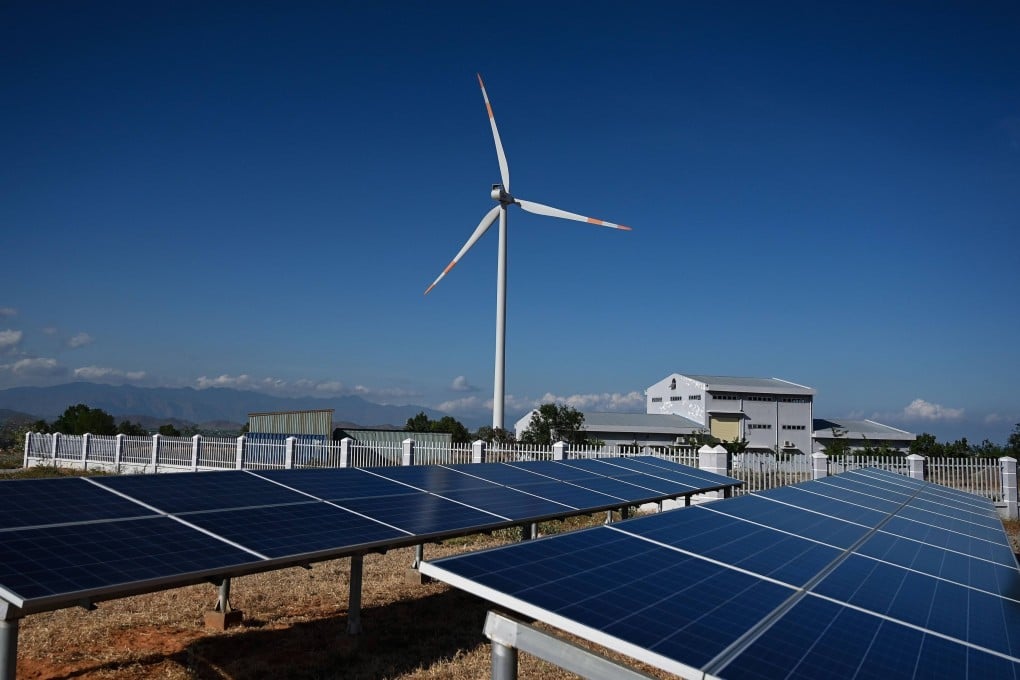After COP26 pledge, can Vietnam revive flagging wind, solar industries to transition to clean energy?
- Vietnam’s solar energy sector had a strong growth spurt but policy delays are making investors nervous
- China’s experience could offer lessons but Hanoi remains wary of involving Chinese investors in projects deemed crucial to national security

All eyes are now on how this pledge to adopt a more extensive use of clean energy will materialise. Five years since Hanoi rolled out incentives for solar and wind energy generation – which led to both sources combined contributing about one-tenth of total electricity generation by the end of last year – the industry is now at a standstill.

Vietnam’s electricity demand is only going to keep rising in the post-pandemic world, according to financial intelligence firm S&P Global’s Xizhou Zhou, who is vice-president of its gas, power and climate solutions unit. He estimates that this rise will average 5 per cent per year through 2030.
In 2017, the Vietnamese government introduced a feed-in tariff (FiT) for solar power projects and another for wind in 2018. A FiT is a policy tool to spur investment in renewable energy sources. It usually promises to buy the energy generated by small-scale suppliers at a rate above the market price within a specific period of time.
